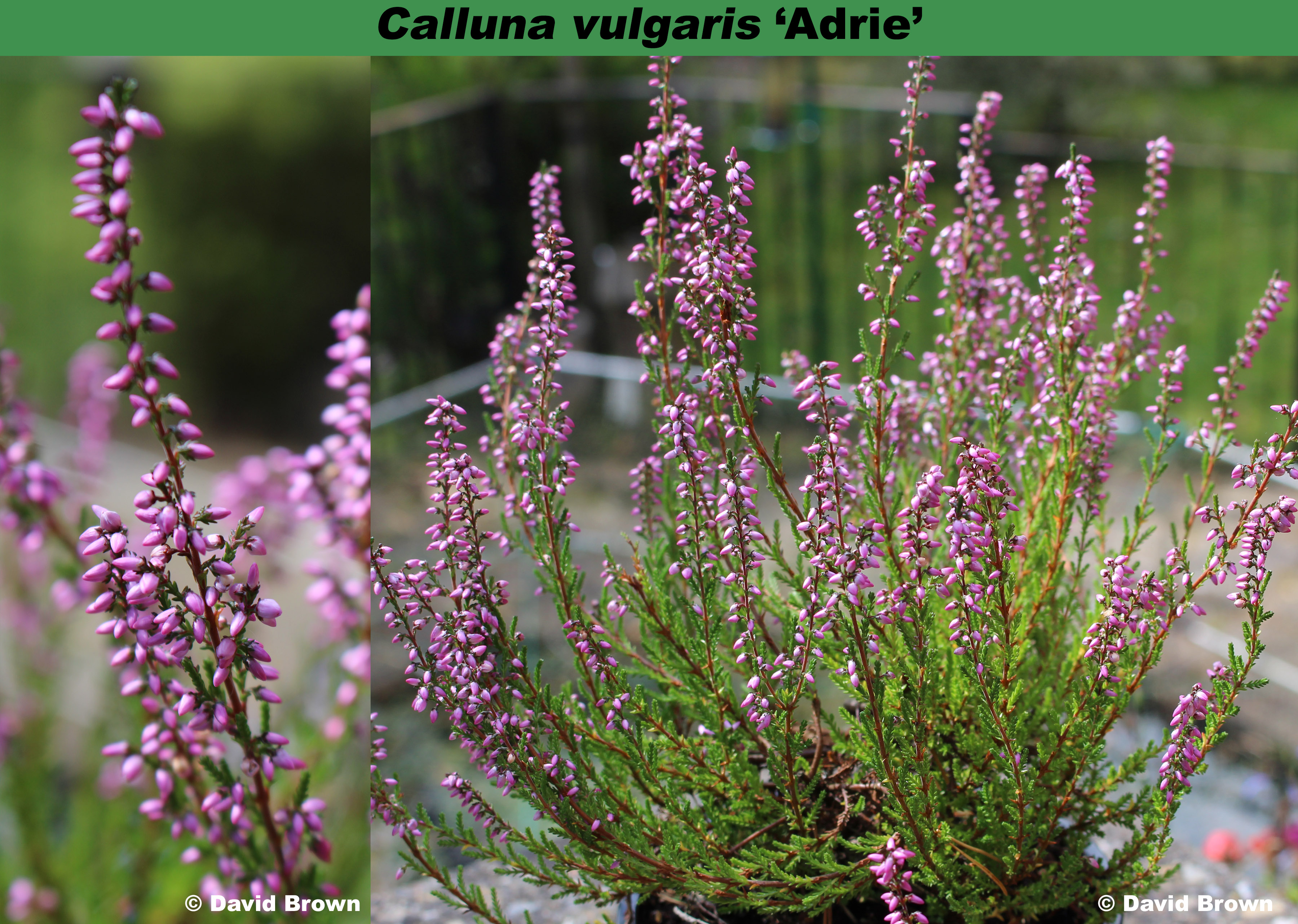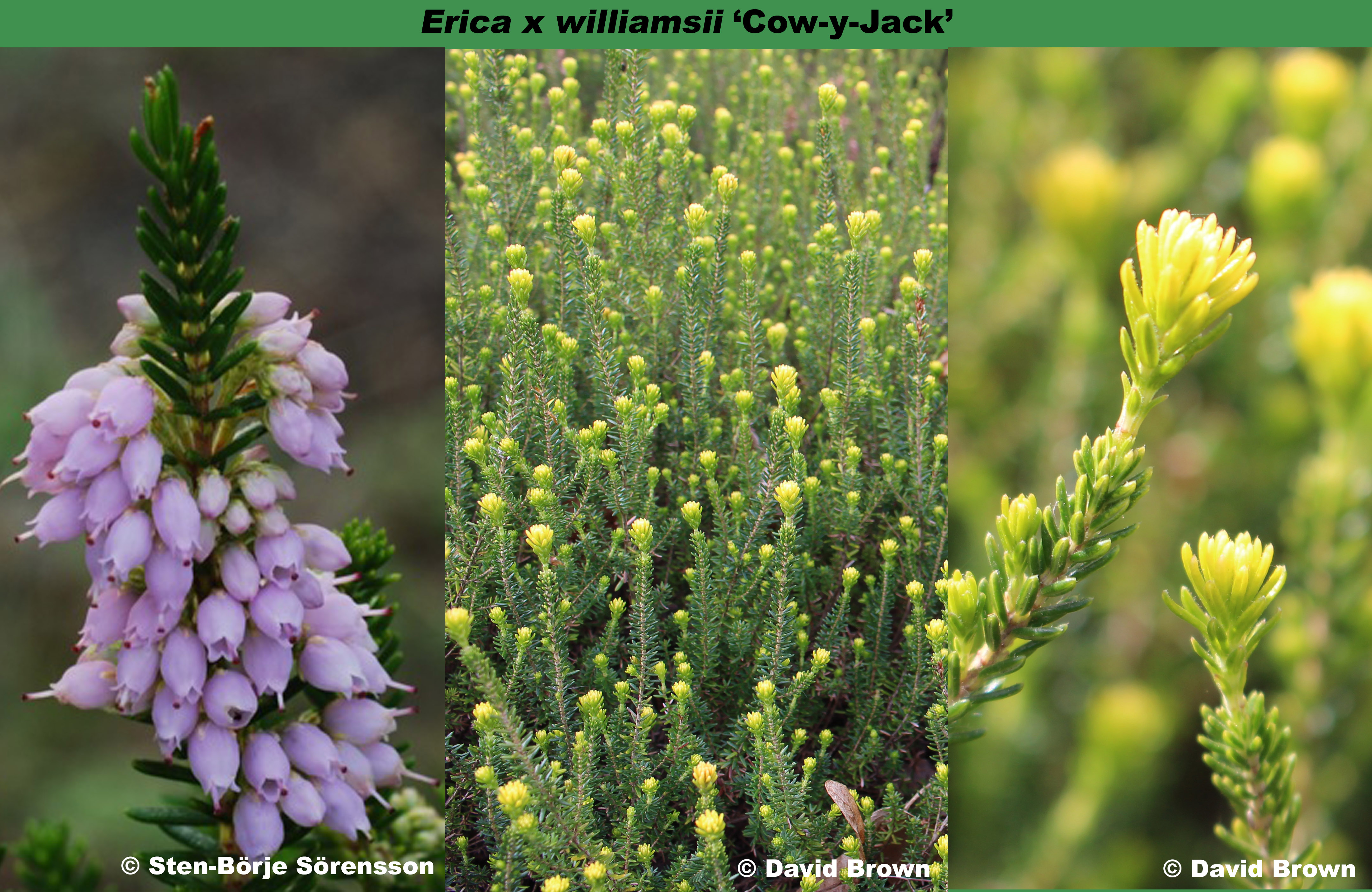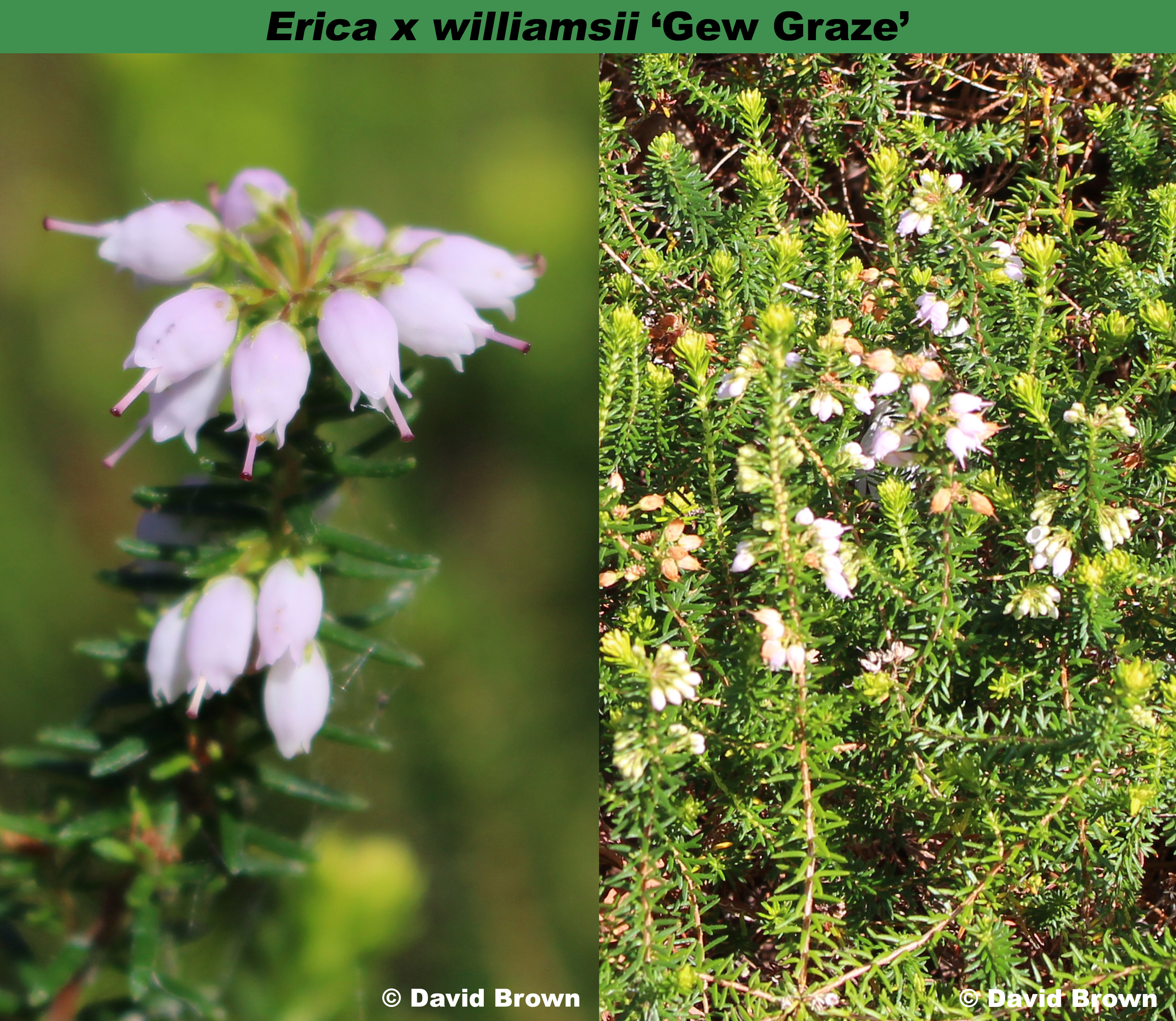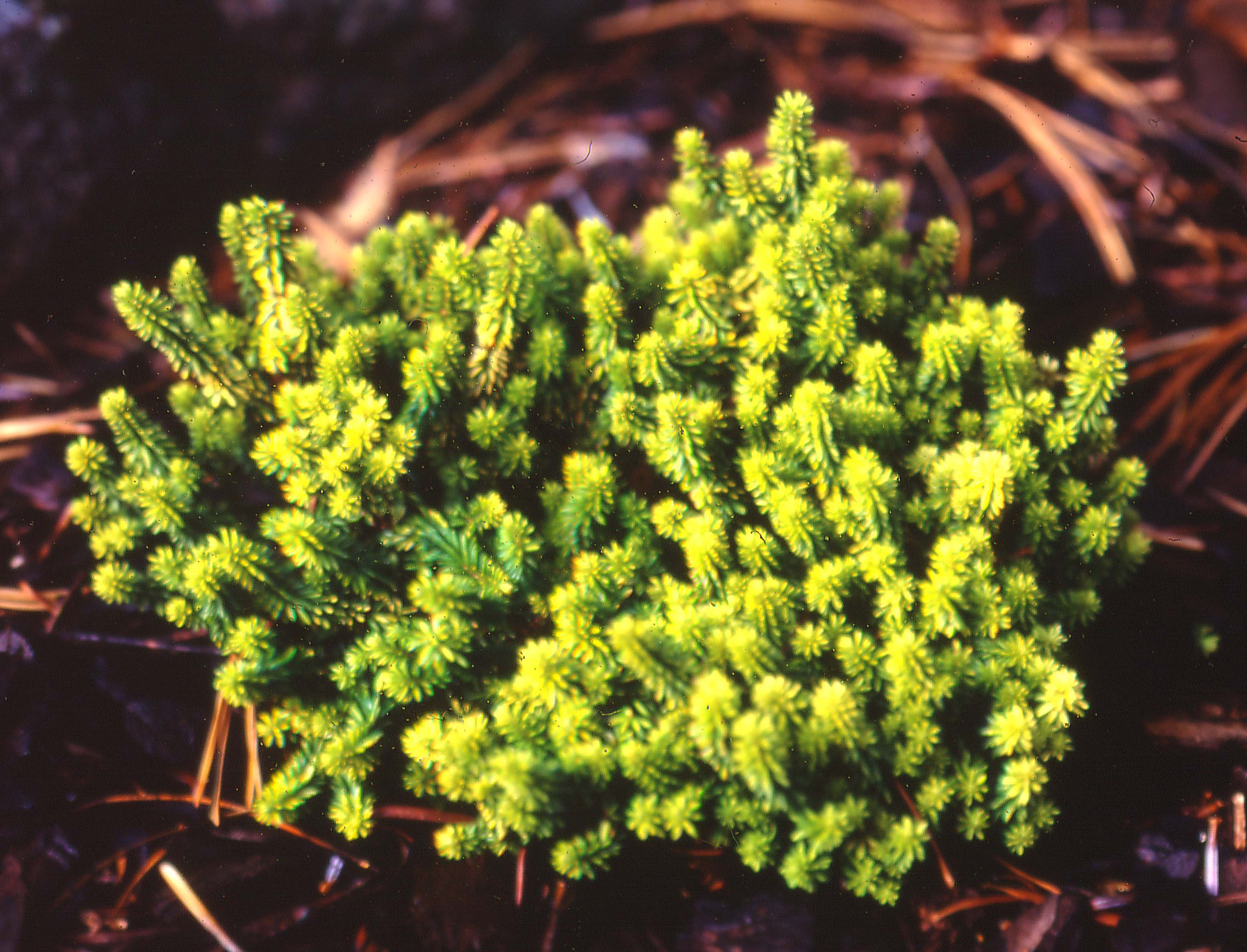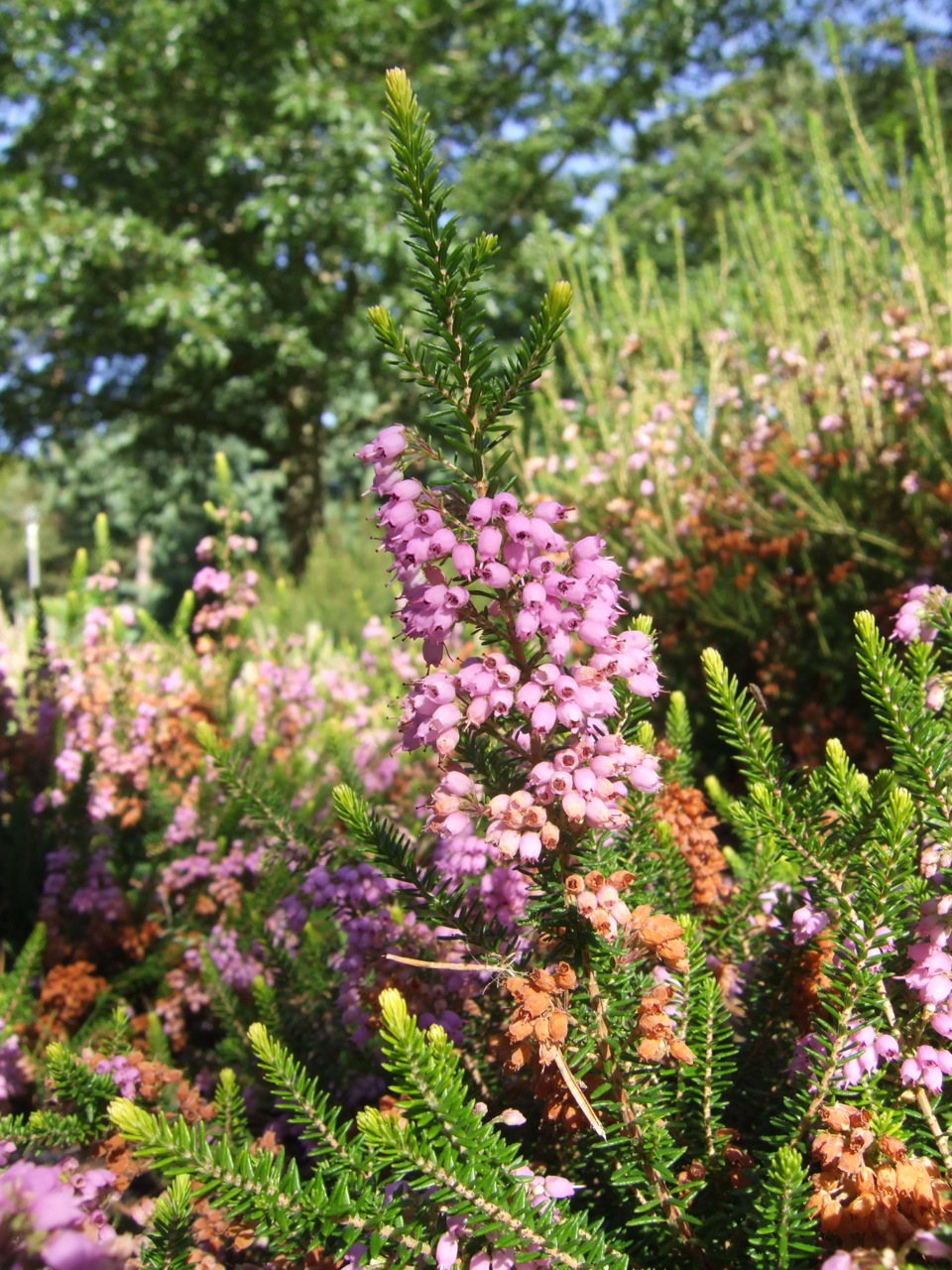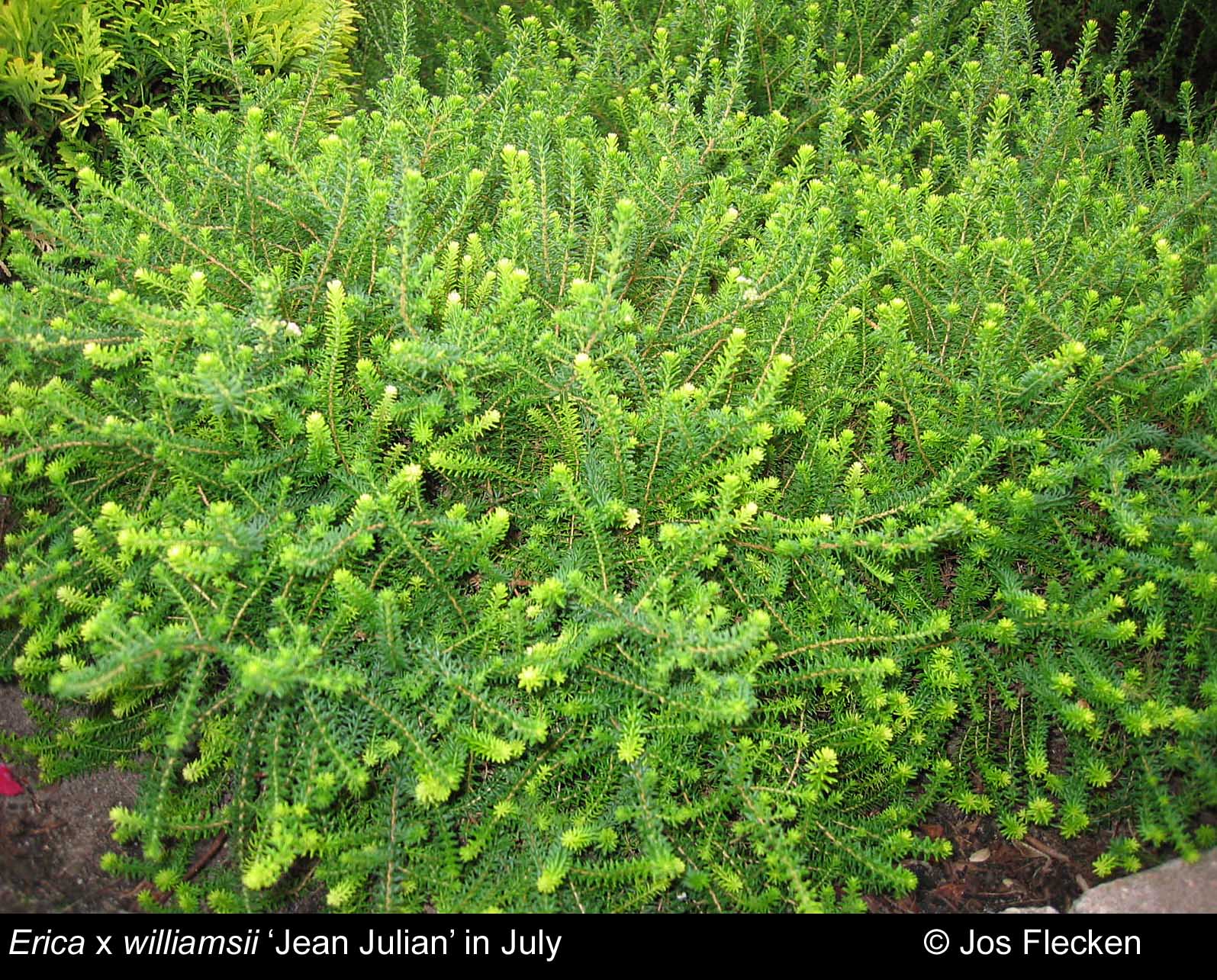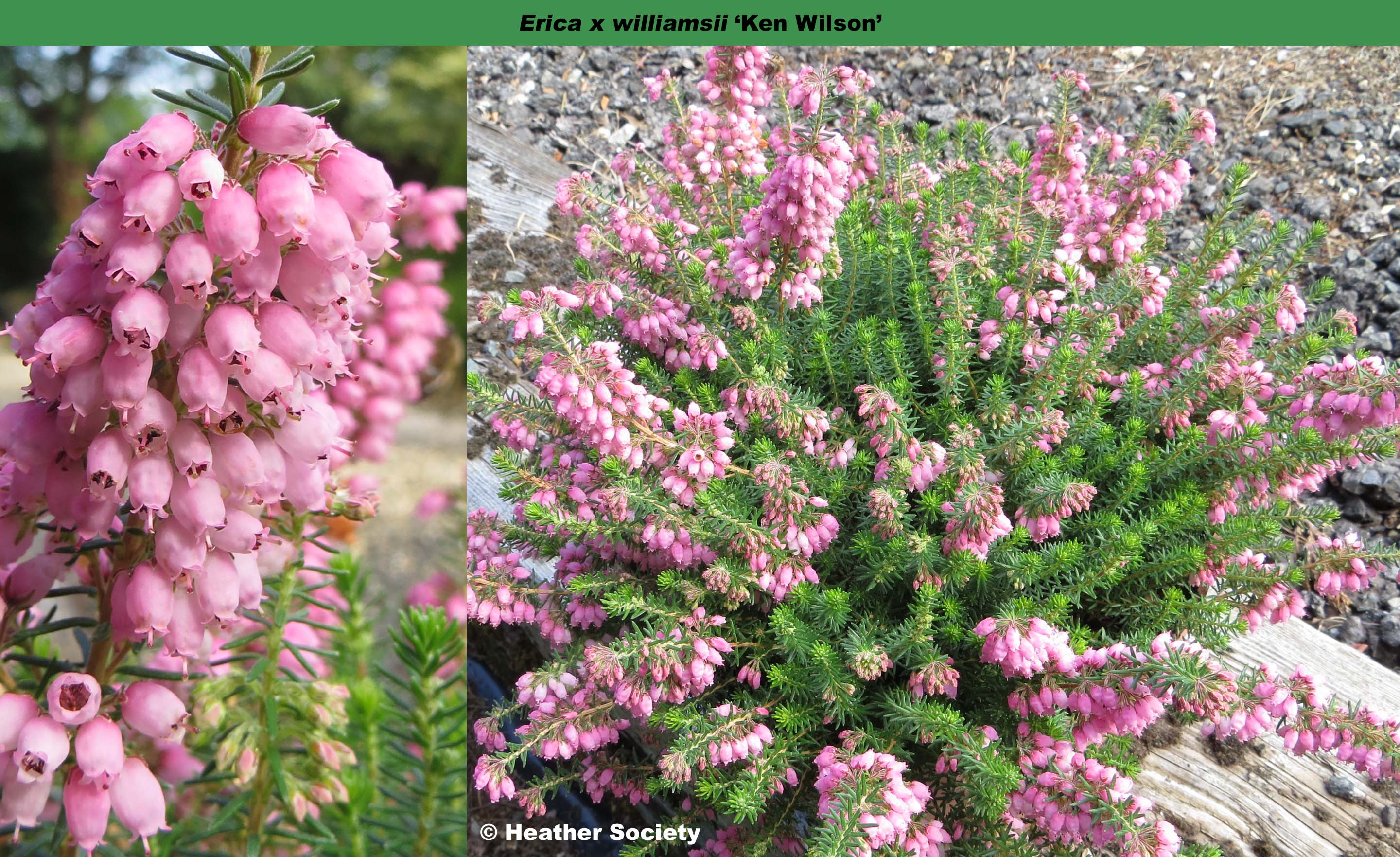It is safer to assume that Cape heaths must not receive a frost, although certain species are known to survive about 5 degrees Celsius of frost. As a result they are best regarded as a cool greenhouse plant, although they can be grown indoors under certain conditions. They are invariably grown in pots.
Despite enduring long hot and dry summers in South Africa most cultivated heathers hate being dry and this is the greatest danger. So keep pots or planters on a bed of pebbles which are kept wet at all times. Water the foliage from time to time as well, particularly in summer. Heathers rarely show sign of wilting so it is already too late if significant leaf drop occurs.
If heathers are kept indoors, they require a cool and well-lit moist atmosphere. The best places are usually a kitchen, bathroom, conservatory or even a sheltered porch.
When purchased most plants will be already pot-bound. Knock the plant out of its present pot, if the roots are brown (rather than white) then it needs potting on in a lime-free compost. Tear open the base of the root-ball as this will encourage new root growth. Repeat this operation annually. The earlier this is done after purchase, the greater the chance of survival.
Prune immediately after the flowers have faded by simply trimming off the dead flowers. They should not be pruned too hard i.e. into old wood as most heathers will not sprout new foliage from old wood.
Place the pots outside when risk of severe frosts has passed, keeping them WELL IRRIGATED DAILY. Feed with a liquid tomato fertiliser as directed by the manufacturer. Provide protection once again when severe frosts are likely.
Most Cape heaths form tall shrubs and it is advisable to prune strong leading shoots for the first year to produce a compact plant. However, the plant usually flowers on these long spikes and, therefore, a choice has to be made between flowers and the shape of the plant in the early years.
Some of the more popular species in cultivation are these. Flowering months are for norther hemisphere (VI = Junes; XII = December).

